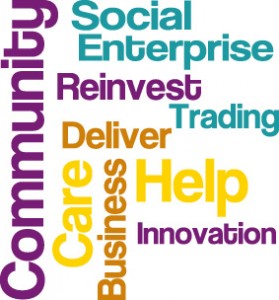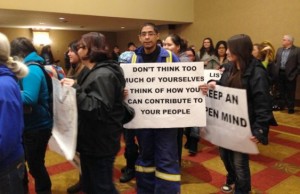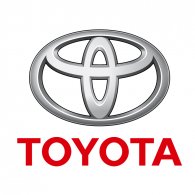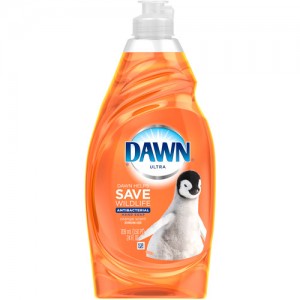Although the United Nations receives full funding, the UN simply cannot tackle every social issue in the world. And there are many.
This is why programs independent to the UN are important. Independent contributors often expand the effects of current UN projects. Sometimes, even, these programs can offer something the UN cannot. Consider the Arc Initiative: a highly specialized program that aims at passing along business knowledge to people in Africa. I don’t think the UN currently has a similar program. Not only is the Arc unique, it enables university students to involve themselves in a global issue. Trying to make a positive contribution to society is difficult, and the Arc makes it possible. The Arc has specific goals that, in conjunction with the UN, subscribe to a better society.
Social enterprise consists of entrepreneurs that, unlike their counterparts, are motivated by social change rather than by money. It is these people that generate global programs, like the Arc Initiative. Regardless of the UN’s subsidizes, right now, the more people and programs dedicated to helping society improve, the better off we all will be.













Recent Comments